We are well into summer and if you are like me, a me made swimsuit is included in your sewing plans. The only issue for me is that every year it’s like I have to re-learn how to make them since where I live, we only have 3 good months of swimming weather, which means that making swimwear isn’t a frequent thing. Luckily, while making one of my swimsuits for this season I jotted down a few good tips that will help us sew our swimwear with ease everytime we go to make one.
Instructions
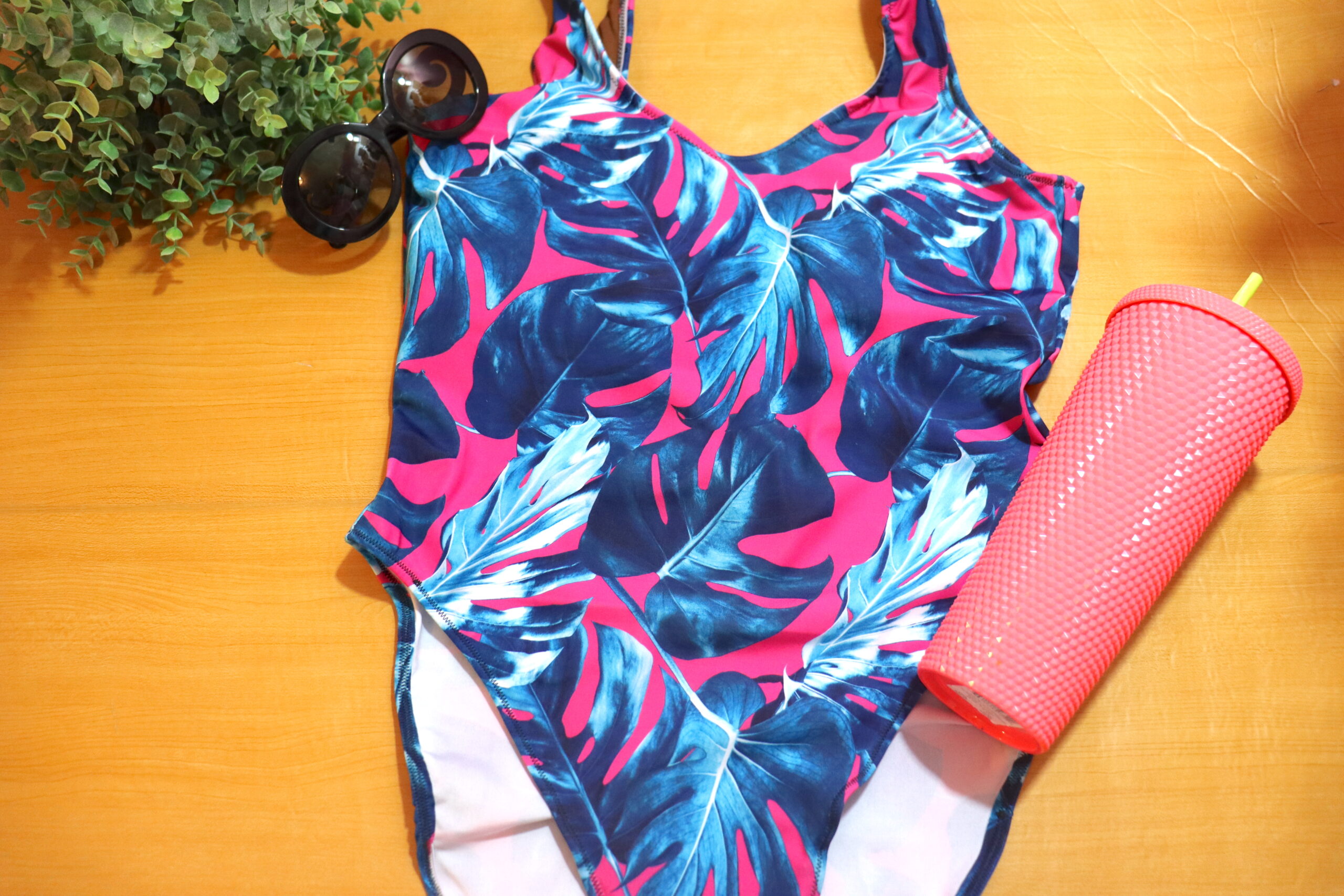
Here’s a summary of the tips I found to be helpful:
- Evenly distribute the elastic and pull slightly while sewing.
- Use a Blue Tip sewing needle ( this comes standard with my Janome Memory Craft 9450).
- Use a Zig-Zag stitch ( or serge ) for all seams and hems.
- Steam, Steam, STEAM!
Keep reading for details about each step.
When your swimwear pattern calls for elastic, typically at the leg openings as shown in my image below, the pattern will instruct on the amount of elastic to use. When pinning this elastic, make sure to divide both the elastic and leg openings into 4 equal parts and match those sections up. This will make sure that the elastic is evenly stretched when sewing and will avoid too much bunching in any one area.
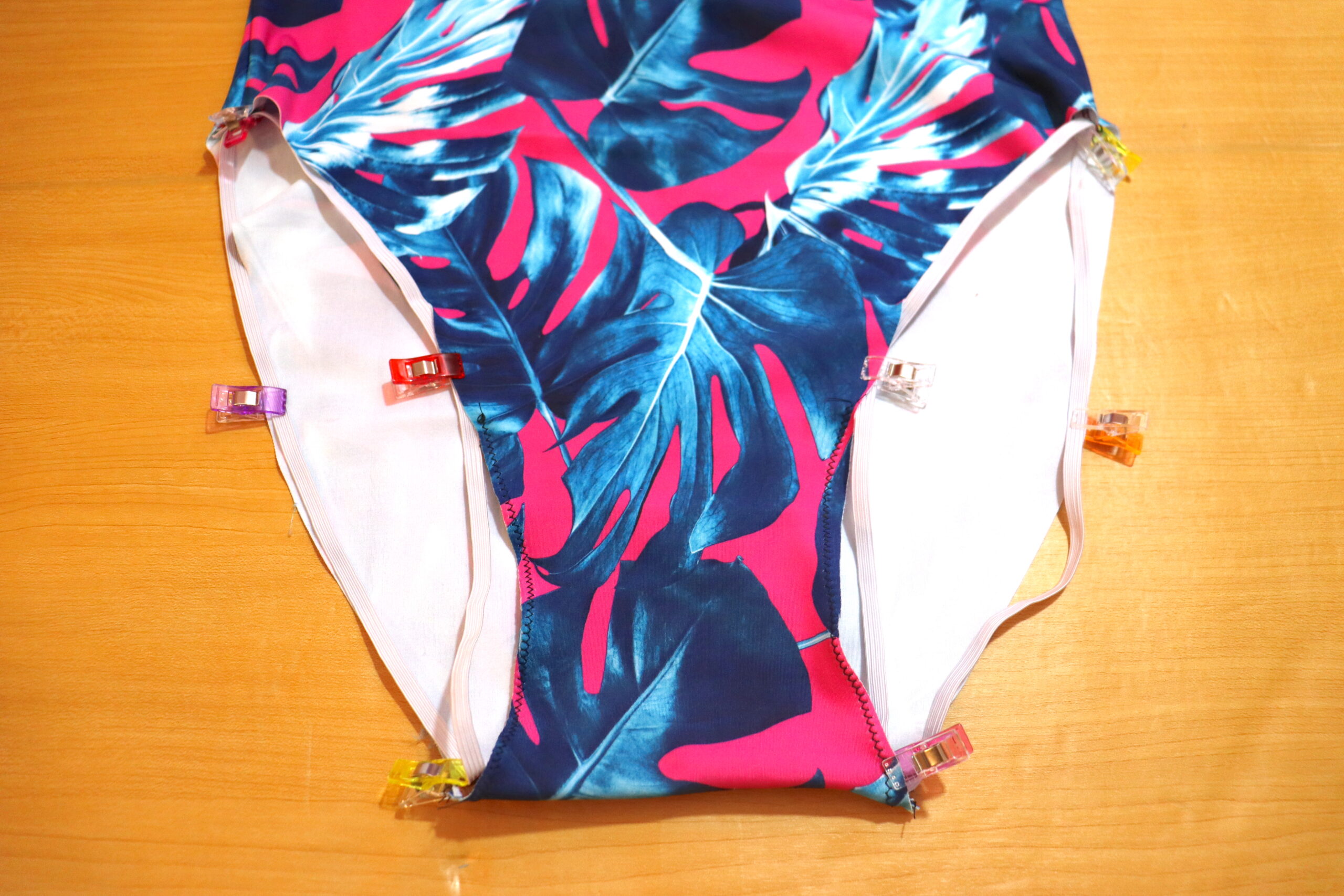
Attach that elastic to the wrong side of the garment and sew it using a zig zag stitch – pulling slightly as you sew. The trick here is to pull only between the 4 sections that you pinned, and then release your pulling once you get to the pin. Continue doing this along the entire leg opening.
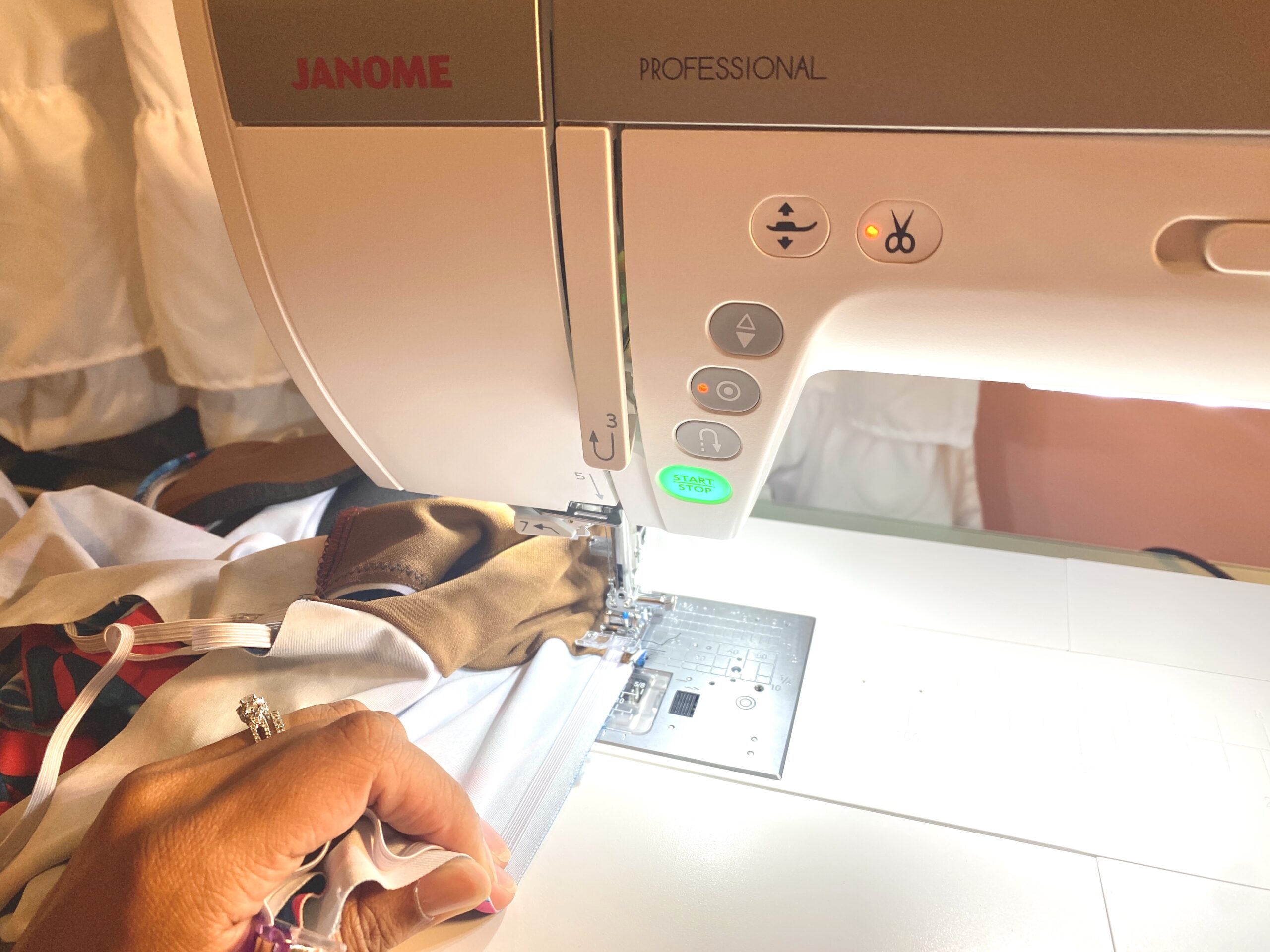
For reference, the setting I used on my Janome MemoryCraft 9450 is a stitch width of 3.5 and a length of 1.7
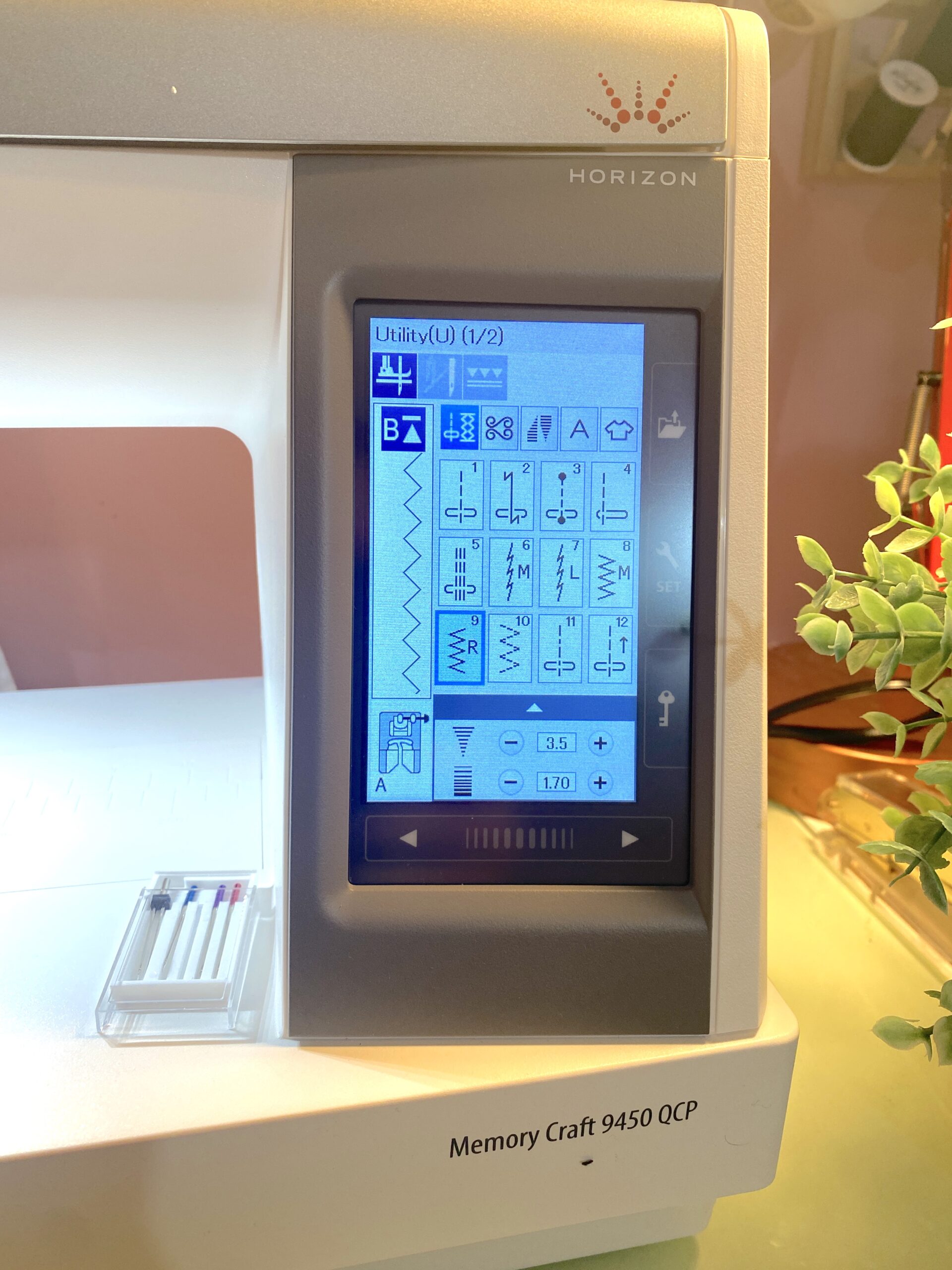
Once sewn, turn the leg opening in towards the wrong side, enclosing the elastic. Now topstitch with the same zig zag stitch, slightly pulling as you sew.
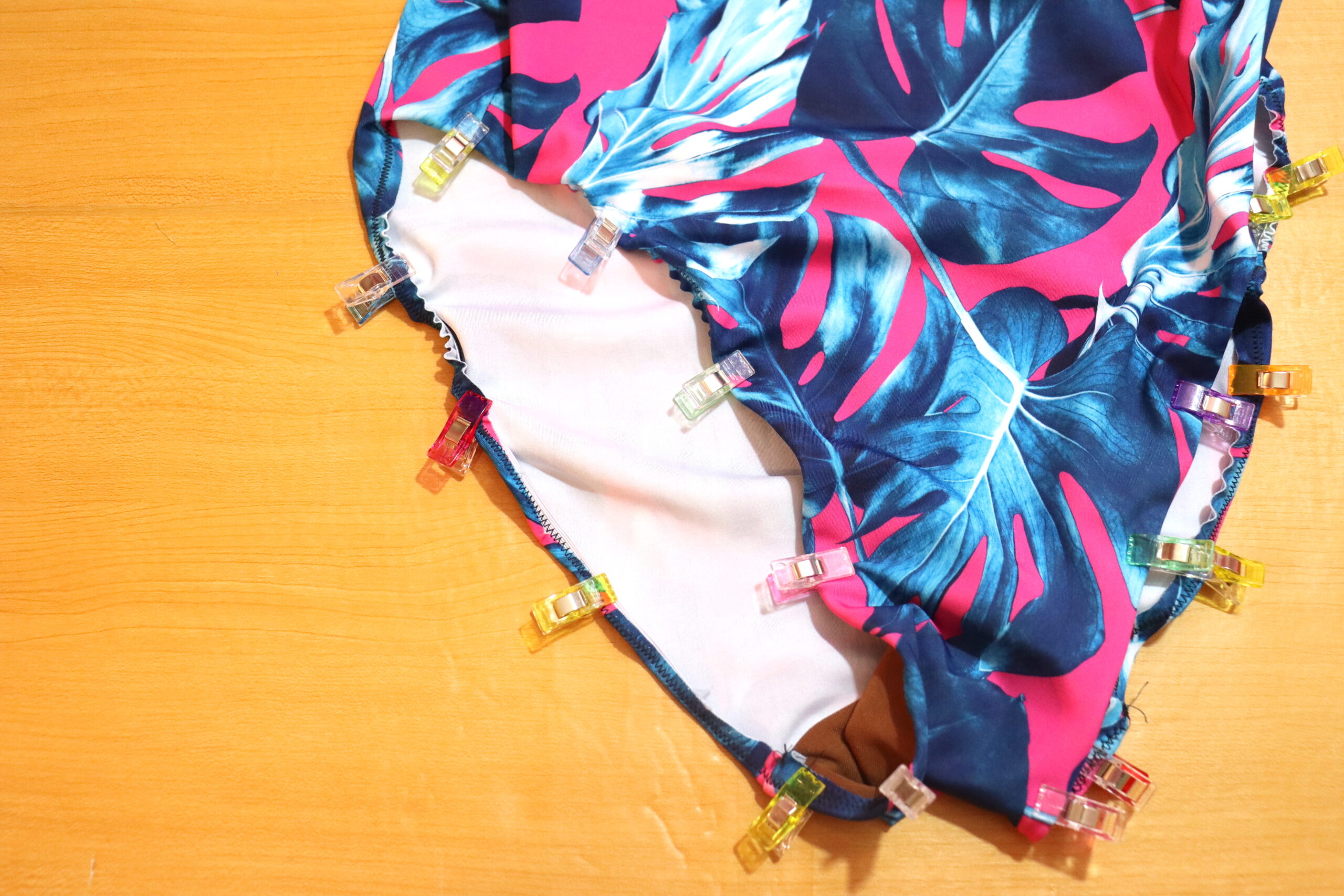
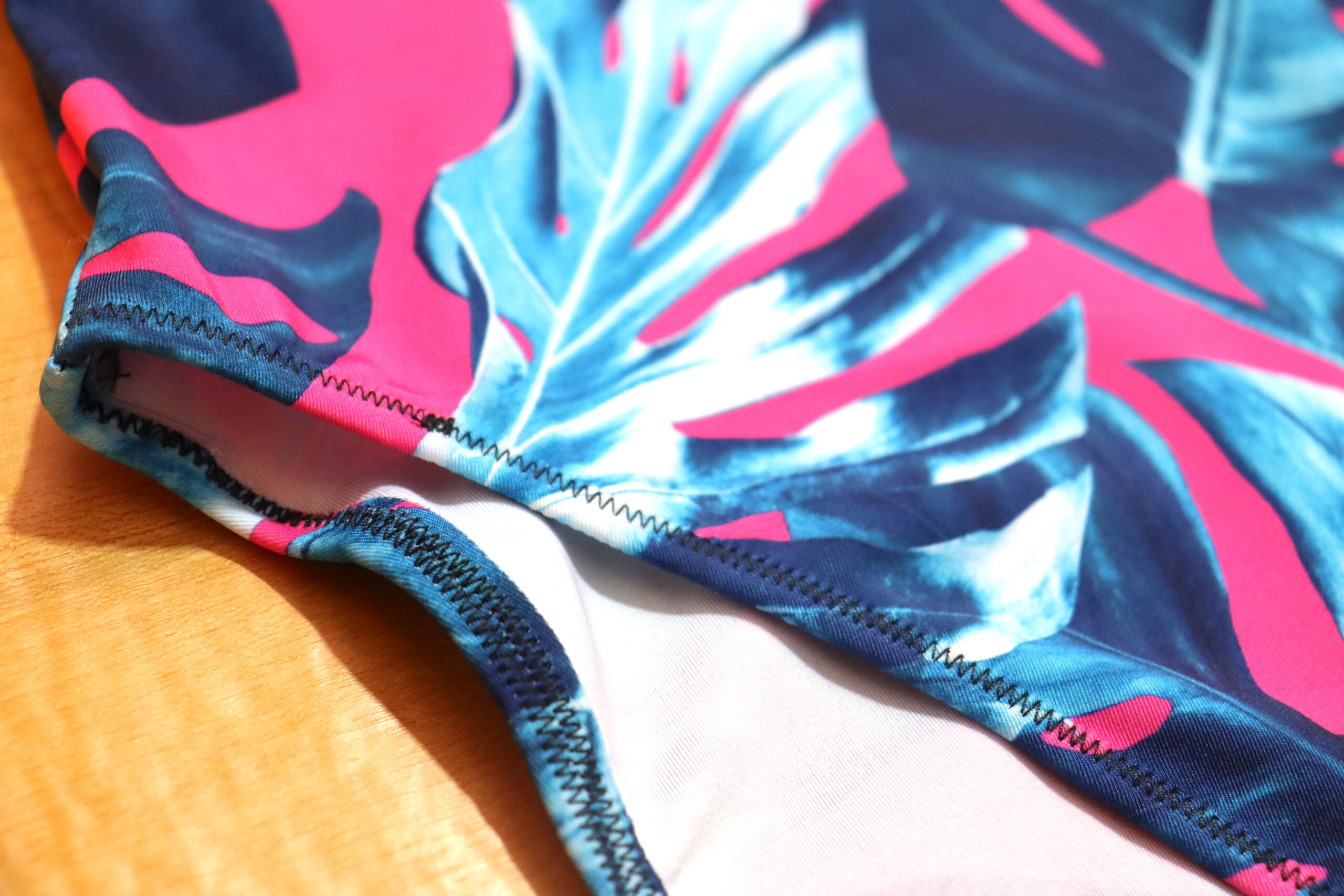
And for the last step, the one you might not find in your pattern instructions is to STEAM. Steam all of your top stitches to flatten out any wrinkles that might have developed from the stretching of the elastic.
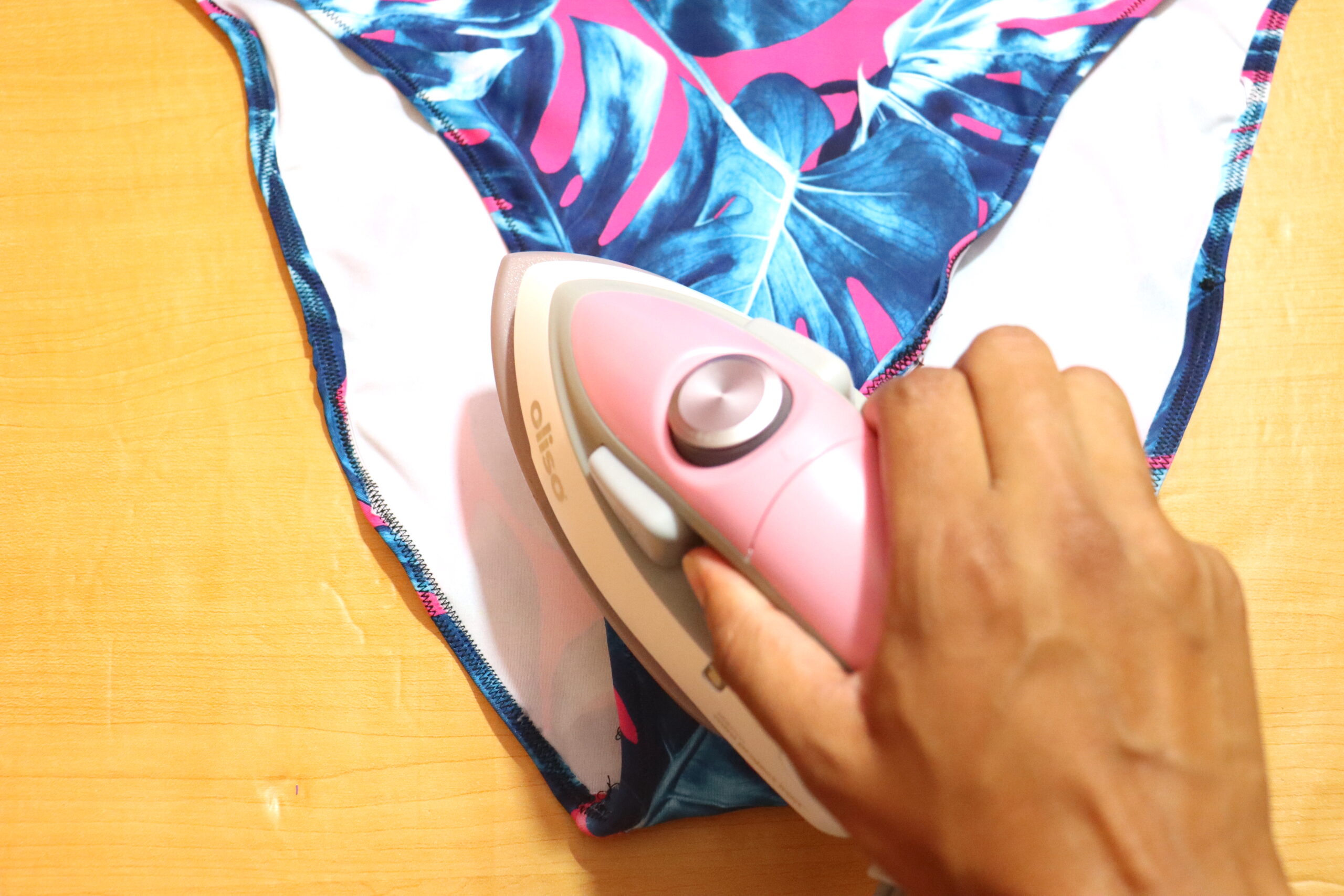
Once complete, you should have a custom fitted bathing suit that no one would believe came out of your sewing room and not from the rack.


